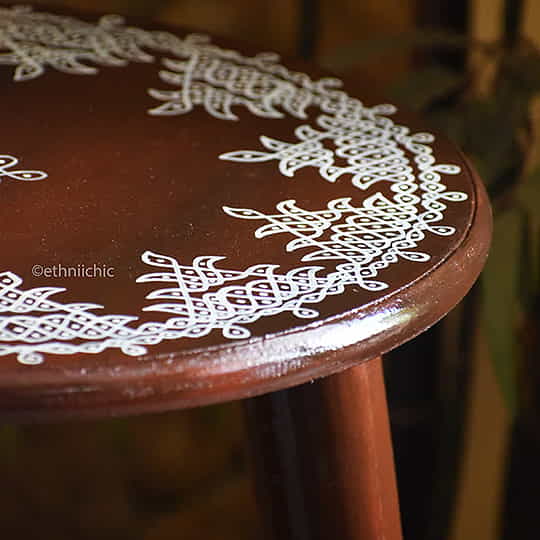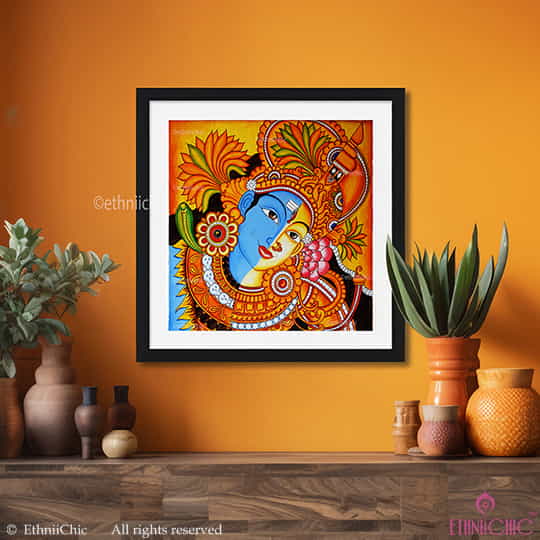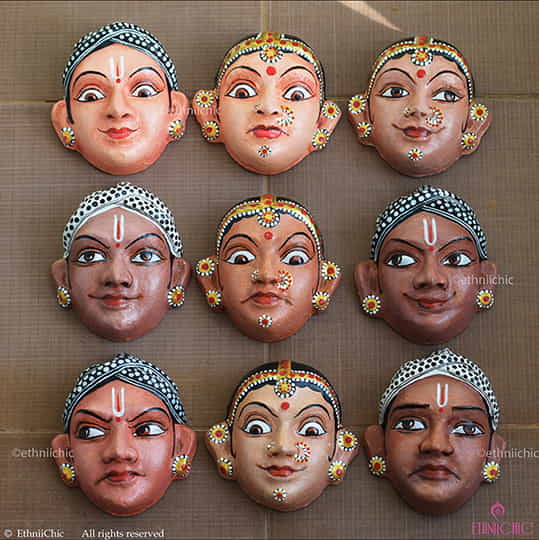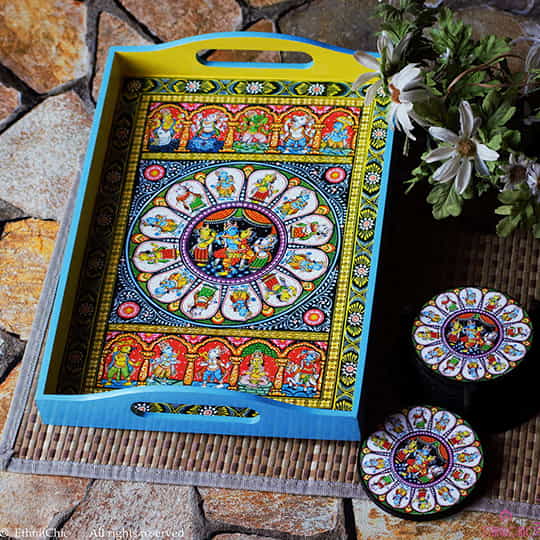Explore Togalu Gombeyaata & Tholubommalata: Uncover their historical roots, similarities, and key differences in traditional puppetry.
The night was thick with anticipation as the villagers gathered in the open courtyard. The aroma of freshly prepared sweets and incense wafted through the air. Children clutched their parents’ hands, their eyes wide with excitement. In the center of the crowd stood an old storyteller, his face illuminated by the warm glow of flickering oil lamps. He raised a hand, signaling silence, and began his tale.
“Long before movies and television, before even printed books, our ancestors had a way of telling stories that brought the past to life in the most magical manner. They used shadows—dancing shapes that leaped across screens, whispering legends of gods, heroes, and demons. In different corners of our land, two such art forms flourished: Togalu Gombeyaata in Karnataka and Tholubommalata in Andhra Pradesh. They may look alike to the untrained eye, but each carries a unique essence that sets them apart. Let me take you on a journey into their world.”
Two Arts, One Soul
At first glance, Togalu Gombeyaata and Tholubommalata appear strikingly similar. Both are traditional shadow puppetry forms, where intricately crafted leather puppets dance against an illuminated cloth screen. The puppeteers manipulate the figures with strings or rods, while narrating ancient epics and folk tales. The stories, often derived from the Ramayana, Mahabharata, and regional myths, are accompanied by music, creating an experience that is both visual and auditory.
Both art forms rely on dexterous craftsmanship. The puppets are made of leather, treated and painted with natural colors. Each puppet is perforated with tiny holes that allow light to pass through, creating a mesmerizing effect on the screen. The voices of the puppeteers, along with traditional instruments like the maddale, harmonium, and cymbals, breathe life into these silent figures.
But despite these shared characteristics, Togalu Gombeyaata and Tholubommalata have distinct identities. To truly appreciate them, we must delve into their histories.
The Origins: A Tale of Two Traditions
Togalu Gombeyaata – The Dancing Puppets of Karnataka
Togalu Gombeyaata, meaning “leather puppet dance” in Kannada, has been an integral part of Karnataka’s cultural heritage for centuries. The origins of this art can be traced back to the rich tradition of folk storytelling in South India. This form of puppetry evolved as a medium to entertain and educate rural communities about mythology, morality, and social issues.
Historically, Togalu Gombeyaata was performed during temple festivals and village fairs. The puppeteers, known as ‘Bhagavatas,’ traveled from village to village, carrying their puppets in wooden trunks. They would set up a makeshift screen under the open sky and use oil lamps to cast the dancing shadows. Their performances were deeply interactive, with audiences often engaging in dialogue with the characters on the screen.
One of the defining features of Togalu Gombeyaata is the variation in puppet sizes. Larger puppets, sometimes over two feet tall, are used to depict gods and heroes, while smaller puppets represent common folk. This hierarchy of size helps the audience distinguish between divine and human figures even in silhouette.
Tholubommalata – The Leather Dolls of Andhra Pradesh
Tholubommalata, which translates to “the dance of leather dolls” in Telugu, finds its roots in Andhra Pradesh. This art form shares similarities with its Kannada counterpart but follows a slightly different tradition. Tholubommalata is believed to have been influenced by the Satavahana dynasty, which ruled parts of present-day Andhra and Karnataka. The puppetry form flourished under the patronage of temples and royal courts, where it was used to narrate religious epics and educate the masses.
Unlike Togalu Gombeyaata, where the size of puppets varies, Tholubommalata primarily uses uniform-sized puppets. These puppets are often larger, sometimes reaching up to five feet, making them more detailed and expressive. The color palette is vibrant, with striking reds, yellows, and blues, creating a visually appealing spectacle even behind the screen.
Another key difference lies in the storytelling style. While both forms depict Hindu epics, Tholubommalata places a stronger emphasis on rhythm and musicality. The puppeteers, often accompanied by traditional percussion instruments like the mridangam and tabla, infuse their narration with a dramatic, almost theatrical quality.
Recognizing the Differences
As the storyteller continued, the villagers listened intently. “Now that you know their histories, let me tell you how to tell them apart,” he said with a knowing smile.
1. Puppet Size and Detailing
- Togalu Gombeyaata features a variety of puppet sizes, with gods and heroes being larger than ordinary characters.
- Tholubommalata uses mostly uniform-sized puppets, which are often larger and more detailed.
2. Color and Ornamentation
- Togalu Gombeyaata puppets are intricately perforated to create detailed patterns but tend to be slightly muted in color.
- Tholubommalata puppets are brightly painted with bold colors, making them more visually striking.
3. Storytelling and Music
- Togalu Gombeyaata performances focus on interactivity, with audiences engaging directly with the puppeteers.
- Tholubommalata has a more structured musical rhythm, often resembling classical South Indian dance and theater.
4. Geographical and Cultural Influence
- Togalu Gombeyaata is deeply tied to Karnataka’s folk traditions and local deities.
- Tholubommalata has a stronger temple tradition and follows the classical storytelling styles of Andhra Pradesh.
A Legacy to Preserve
As the storyteller concluded, a hush fell over the crowd. He looked around at the eager faces and said, “Both of these art forms are more than just entertainment. They are our heritage, passed down through generations. But today, they are struggling to survive in the modern world.”
Indeed, with the advent of cinema, television, and digital entertainment, traditional shadow puppetry has been fading into obscurity. The number of practicing puppeteers has dwindled, and the younger generations often choose more lucrative careers over carrying forward these ancestral arts.
Yet, all is not lost. Cultural enthusiasts, artists, and government initiatives are working to revive Togalu Gombeyaata and Tholubommalata. Workshops, museum exhibitions, and online performances are helping to introduce these magical shadow plays to new audiences. And as long as there are those who cherish the beauty of these flickering shadows, their stories will continue to dance across screens for generations to come.
The storyteller’s voice softened as he said, “Remember this night, children. When you see shadows dance again, you will know that behind them lies the heart of our traditions. And perhaps, one day, some of you will take up the strings and bring these stories to life once more.”
As the villagers dispersed, the oil lamps flickered one last time, casting playful silhouettes on the walls—whispering secrets of the past, waiting to be told again.





